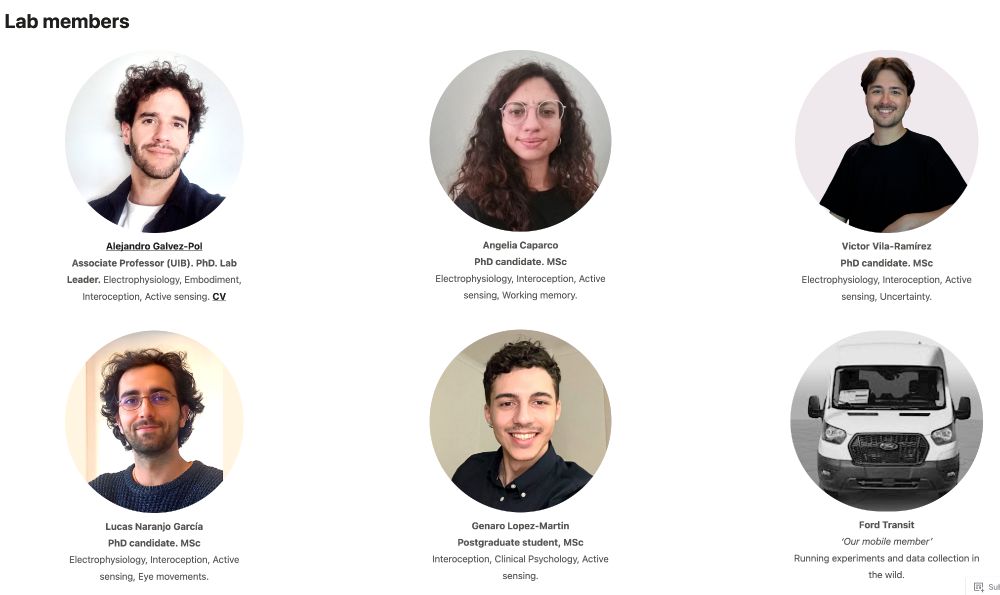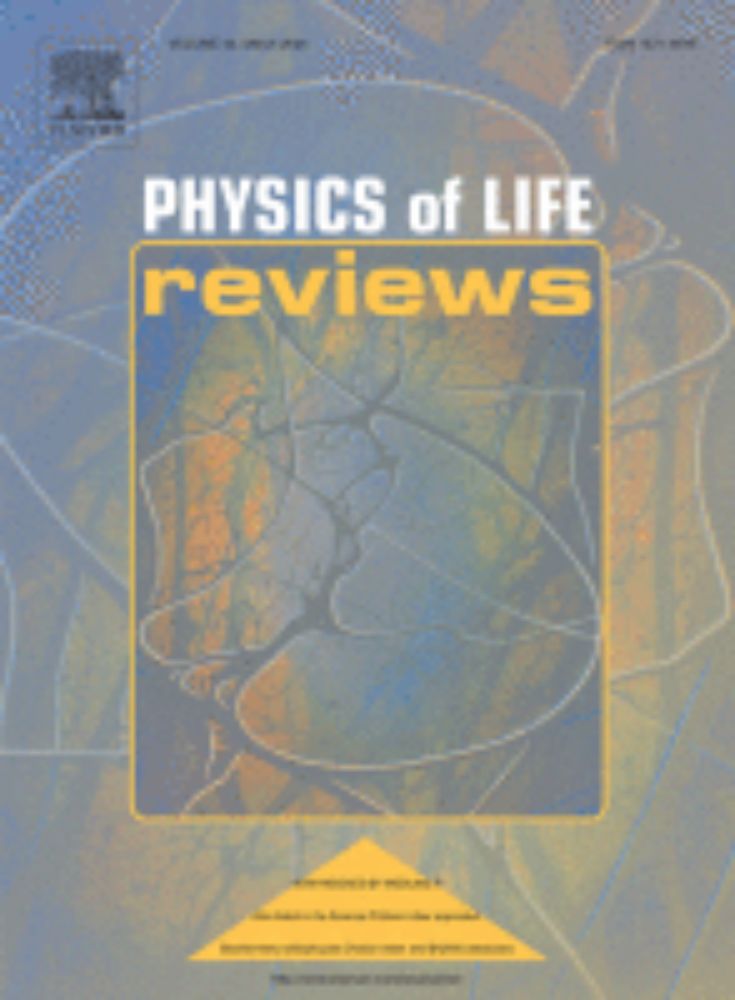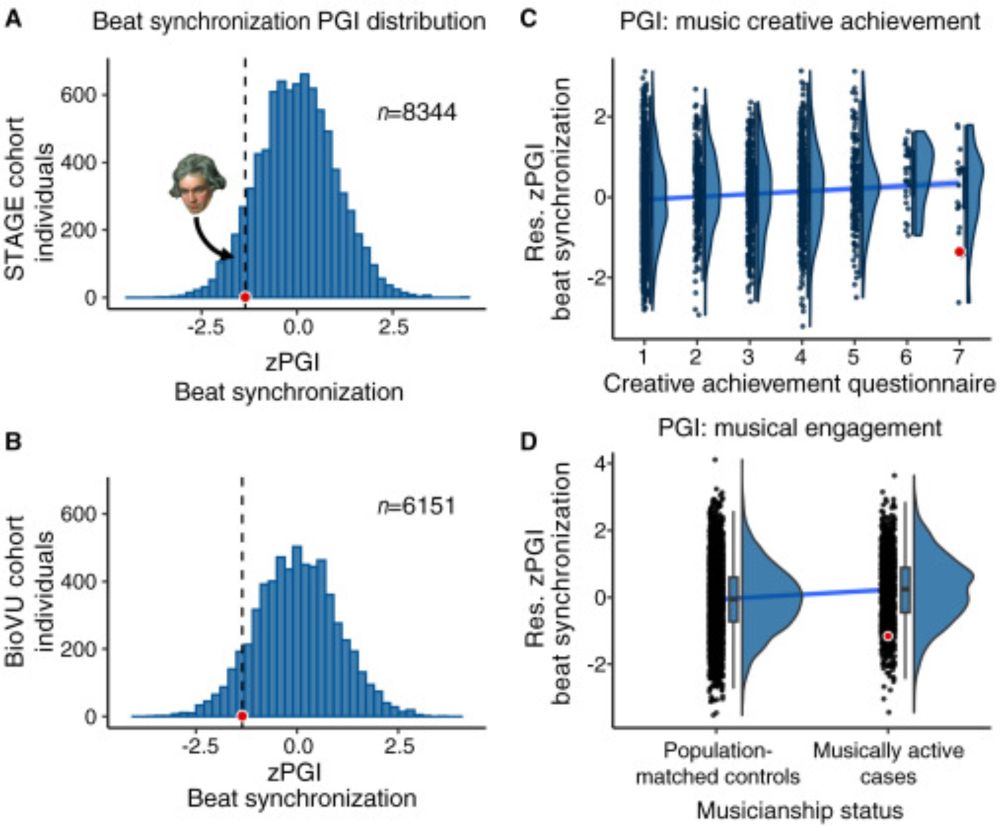
They also consider valence: negative valence increases judged complexity, while positive valence reduces it.
Information about the artworks attenuates this affective influence.
doi.org/10.1111/bjop.70037

They also consider valence: negative valence increases judged complexity, while positive valence reduces it.
Information about the artworks attenuates this affective influence.
doi.org/10.1111/bjop.70037


The pre-proof version is online at the following URL:
www.sciencedirect.com/science/arti...

The pre-proof version is online at the following URL:
www.sciencedirect.com/science/arti...
🔗 Read here: osf.io/preprints/ps...

🔗 Read here: osf.io/preprints/ps...






